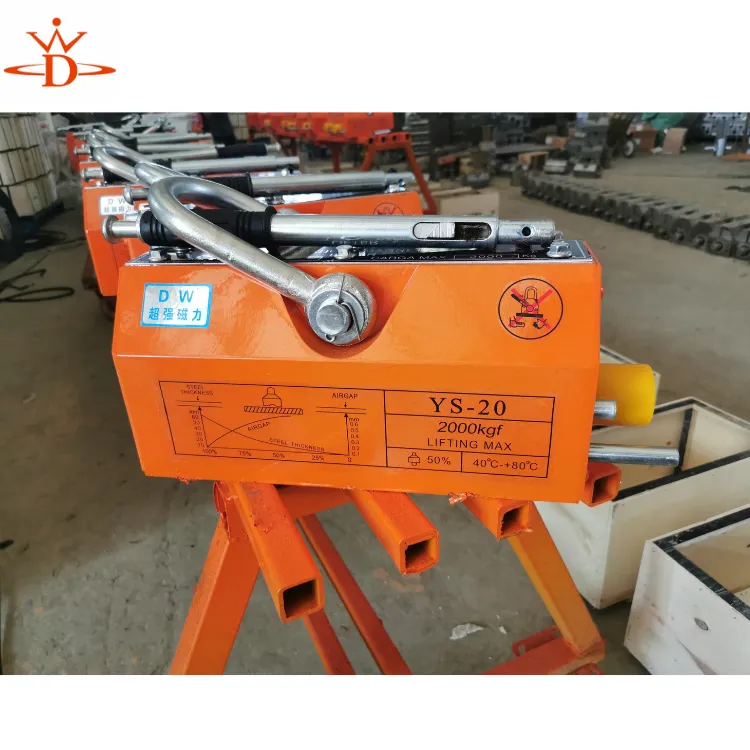mobile gantry system for efficient handling and transportation in industrial environments
Movable Gantries Transforming Industries with Flexibility and Precision
In the ever-evolving landscape of industrial technology, movable gantries have emerged as a pivotal innovation, enhancing efficiency and flexibility across various sectors. These structures, often associated with heavy lifting and transportation tasks, have found applications in manufacturing, construction, and logistics, proving to be indispensable tools. This article explores the significance of movable gantries, their applications, advantages, and future prospects.
Understanding Movable Gantries
A movable gantry is a type of crane system that consists of a framework, usually made of steel, mounted on wheels or tracks, allowing it to traverse horizontally across a workspace. Unlike traditional fixed cranes, movable gantries can be repositioned to accommodate different tasks or to serve various areas of a production facility. This versatility makes them an ideal solution for businesses that require frequent movement of heavy loads or complex operations involving large machinery.
Applications Across Industries
Movable gantries are utilized in a diverse array of industries. In manufacturing, they can be employed for lifting and transporting heavy components, facilitating assembly processes, and optimizing workflow. For example, in the automotive industry, gantries are crucial for moving engines and chassis during assembly, significantly reducing the time and labor involved in these operations.
In construction, movable gantries aid in the installation of structural elements such as beams and precast panels. Their ability to navigate tight spaces and uneven terrain makes them valuable in urban construction sites where space constraints are common. They also enhance safety by reducing the need for manual lifting, thus minimizing the risk of accidents.
Logistics companies have recognized the advantages of movable gantries in warehousing and distribution centers. These systems can quickly load and unload goods from trucks and containers, streamlining the supply chain process. Their mobility enables logistics managers to configure workspaces based on current needs, leading to more efficient operations.
Advantages of Movable Gantries
movable gantry

The primary advantage of movable gantries lies in their flexibility. By eliminating the need for fixed lifting structures, businesses can adapt their operations to changing demands without incurring high installation costs. This adaptability is particularly beneficial in industries where projects can vary significantly in scale and complexity.
Moreover, movable gantries improve safety in the workplace. By mechanizing the lifting process, they reduce manual handling, which in turn lowers the chances of workplace injuries. Additionally, many modern gantries are equipped with advanced safety features, such as overload protection and automated controls, further enhancing their reliability.
Cost-effectiveness is another crucial factor. While the initial investment in a movable gantry system may be substantial, the long-term savings can be significant. Reduced labor costs, increased productivity, and minimized downtime contribute to a positive return on investment for companies that incorporate these systems.
Future Prospects
The future of movable gantries is promising, driven by advancements in technology. The integration of automation and robotics into gantry systems is expected to revolutionize their functionality. Automated gantries can operate with greater precision and speed, maximizing productivity in manufacturing and warehousing environments.
Additionally, developments in lightweight materials and smart technologies will enhance the design and efficiency of movable gantries. The incorporation of sensors and IoT technology can allow for real-time monitoring of load conditions, operational efficiency, and maintenance needs, providing businesses with valuable insights.
Sustainability is becoming an increasingly important consideration across industries, and movable gantries are no exception. As manufacturers aim for greener solutions, the design of gantries is evolving to use energy-efficient motors and recyclable materials. This shift not only reduces the environmental impact but also resonates with consumers' growing preference for sustainable practices.
Conclusion
Movable gantries represent a significant advancement in industrial lifting solutions, offering unparalleled flexibility, safety, and cost-effectiveness. Their widespread applications across manufacturing, construction, and logistics highlight their versatility as essential tools in modern operations. As technology continues to advance, the potential for movable gantries is set to expand even further, positioning them as a cornerstone of efficiency in the industries of tomorrow. Embracing this innovation will undoubtedly allow businesses to meet the challenges of a dynamic market landscape while enhancing their operational capabilities.
-
Unlock Seamless Relocation with Our Heavy Equipment Moving ExpertiseNewsJun.06,2025
-
Unleash Unrivaled Flexibility with Our Adjustable Gantry CraneNewsJun.06,2025
-
Unleash Heavy-Duty Efficiency with Our Industrial Gantry Crane SolutionsNewsJun.06,2025
-
Revolutionize Steel Handling with Our Magnetic Lifter RangeNewsJun.06,2025
-
Master Equipment Mobility with Premium Machinery Mover SolutionsNewsJun.06,2025
-
Elevate Your Material Handling with Magnetic Lifter TechnologyNewsJun.06,2025
-
YS Permanent Lifting Magnets: The Smarter Way to Handle SteelNewsMay.22,2025
